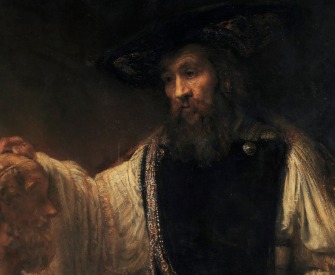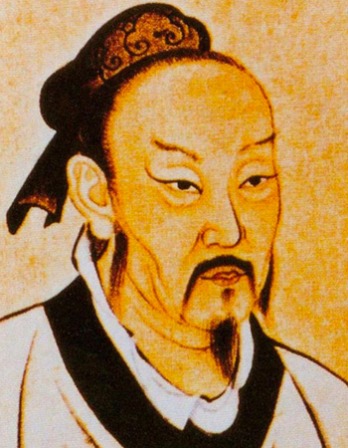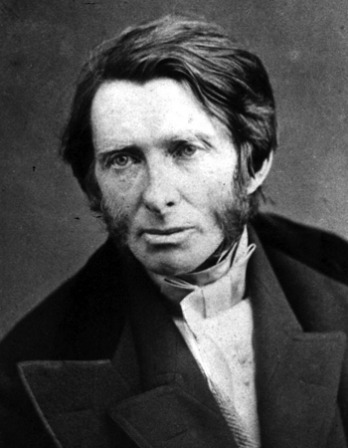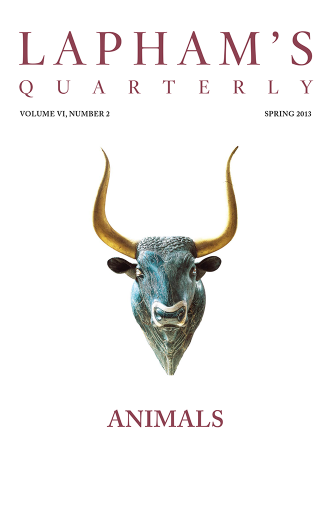I had always desired to know everything concerning medicine, even those parts commonly neglected. I was mindful, too, of the multitude of physicians in Basel, among whom I could make my way only by superior knowledge. I could not expect to be assisted by my father, who was overwhelmed with debt, had only a small income, and was reduced to living on what revenue came from the boarders in his school. The desire to learn made me follow with attention not only the lectures and ordinary studies but also the preparation of remedies in the pharmacy, a matter I found very useful later. Further, I collected plants and arranged them properly on paper. But my principal study was anatomy. Not only did I never miss the dissections of men and animals that took place in the College, but I also took part in every secret autopsy of corpses, and I came to put my own hand to the scalpel, despite the repulsion I had felt at first. I joined with French students and exposed myself to danger to procure subjects. A bachelor of medicine named Gallotus, who had married a woman from Montpellier and was passing rich, would lend us his house. He invited me with some others to join him in nocturnal expeditions outside the town to dig up bodies freshly buried in the cloister cemetery, and we carried them to his house for dissection. We had spies to tell us of burials and to lead us by night to the graves.
Our first excursion of this kind took place on November 11, 1554. As night fell Gallotus led us out of the town to the monastery of the Augustins, where we met a monk called Brother Bernhard, a determined fellow, who had disguised himself in order to help us. When we came to the monastery, we stayed to drink, quietly, until midnight. Then, in complete silence and with swords in hand, we made our way to the cemetery of the monastery of Saint-Denis. There we dug up a corpse with our hands, the earth being still loose because the burial had taken place only that day. As soon as we had uncovered it, we pulled it out with ropes, wrapped it in a flassada, and carried it on two poles as far as the gates of the town. It must then have been about three o’clock in the morning. We put the corpse to one side and knocked on the postern that is opened for coming and going at night, and the old porter came in his shirt to open it for us. We asked him to bring us something to drink—under the pretext that we were dying of thirst—and while he went in search of wine, three of us brought the cadaver in and carried it directly to Gallotus’ house, which was not far away. The porter was not suspicious, and we rejoined our companions. On opening the winding sheet in which the body was sewn, we found a woman with a congenital deformity of the legs, the two feet turned inward. We did an autopsy and found, among other curiosities, various veins vasorum spermaticorum, which were not deformed, but followed the curve of the legs toward the buttocks. She had a lead ring, and as I detest these, it added to my disgust.
Encouraged by the success of this expedition, we tried again five days later. We had been informed that a student and a child had been buried in the same cemetery of Saint-Denis. When night came we left the town to go to the monastery of the Augustins. It was December 16. In Brother Bernhard’s cell we ate a chicken cooked with cabbage. We got the cabbage ourselves from the garden and seasoned it with wine supplied by the monk. Leaving the table, we went out with our weapons drawn, for the monks of Saint-Denis had discovered that we had exhumed the woman, and they had threatened us direly should we return. Myconius carried his naked sword and the Frenchmen their rapiers. The two corpses were disinterred, wrapped in our cloaks, and carried on poles as before as far as the gates of the town. We did not dare to rouse the porter this time, so one of us crawled inside through a hole that we discovered under the gate—for they were very negligently maintained. We passed the cadavers through the same opening, and they were pulled through from the inside. We followed in turn, pulling ourselves through on our backs; I remember that I scratched my nose as I went through.
The two subjects were carried to Gallotus’ house and their coverings were removed. One was a student whom we had known. The autopsy revealed serious lesions. The lungs were decomposed and stank horribly, despite the vinegar that we sprinkled on them; we found some small stones in them. The child was a little boy, and we made a skeleton of him.
When I returned to my lodging early in the morning, the shop boy who slept with me did not hear me ring, and he did not wake even when I threw stones against the shutters. I was obliged to go for some sleep to the house of one of the Frenchmen who had been with us. After this, the monks of Saint-Denis guarded their graveyard, and if a student came near, he was received with bolts from a crossbow.
From his journal. After studying at the medical college of Montpellier and traveling around the French countryside, Platter in 1557 returned to Basel, where he later became the city’s chief physician and the university’s rector. He was particularly interested in psychiatric problems, at one time living in a dungeon with patients who had been involuntarily committed.
Back to Issue





